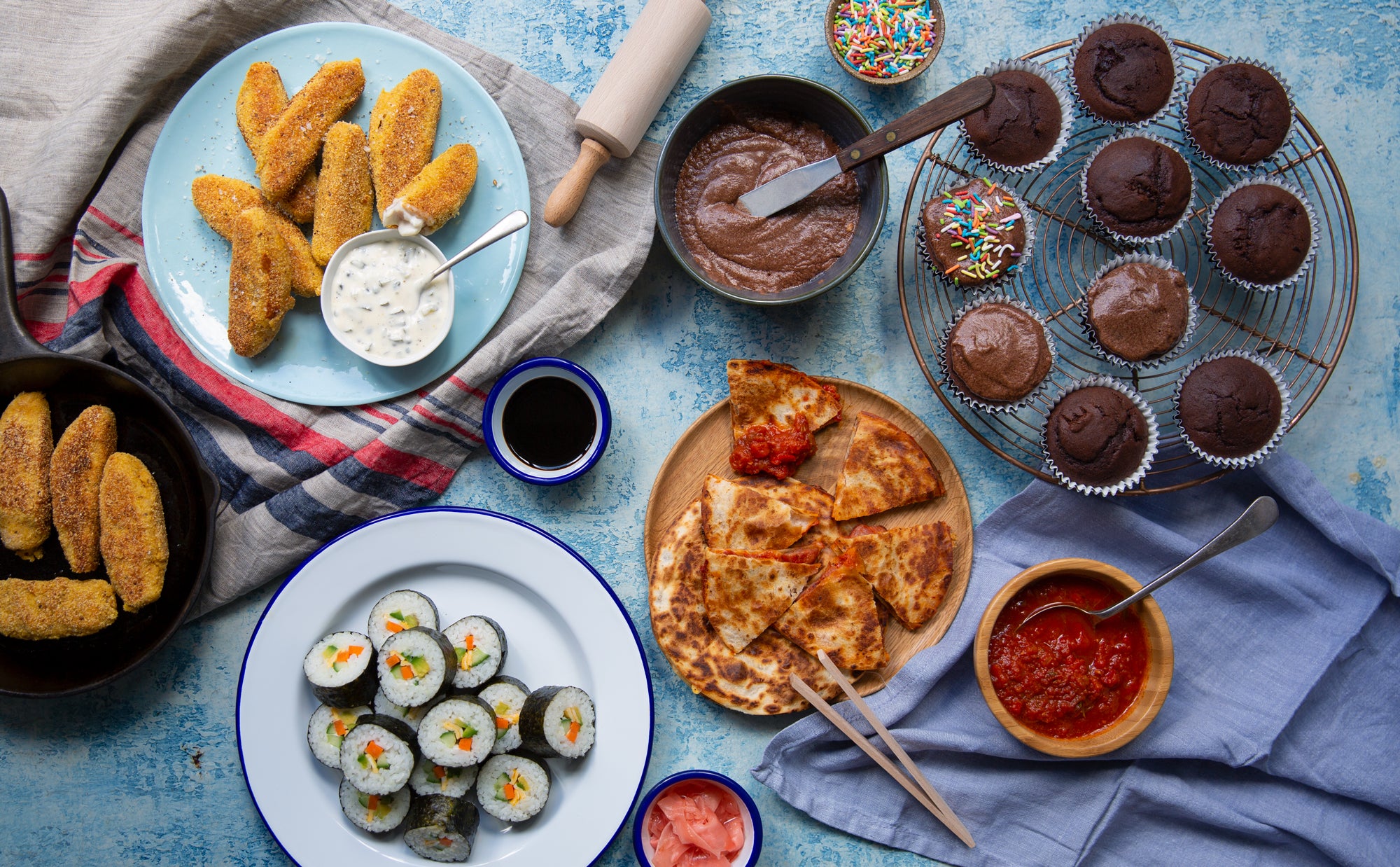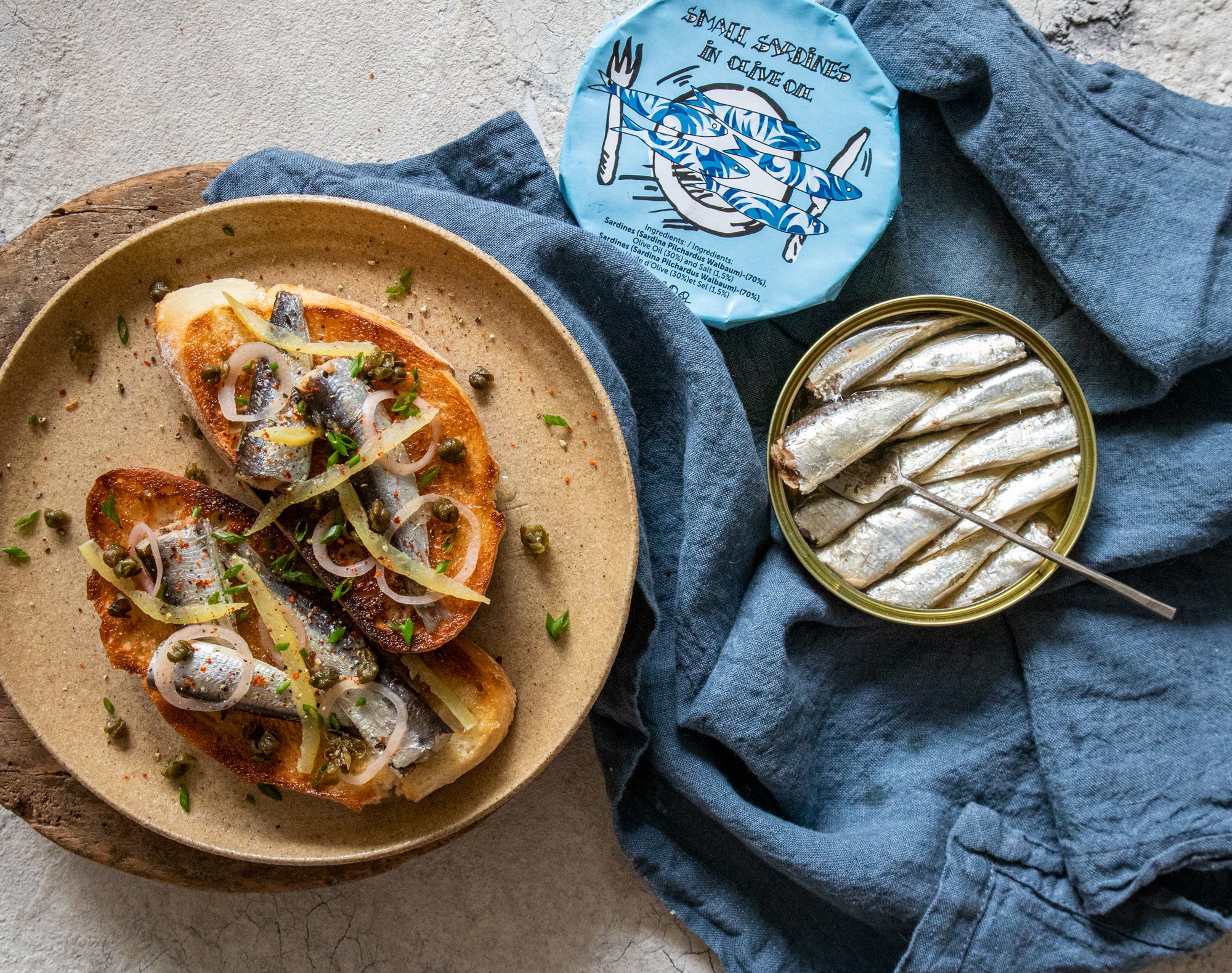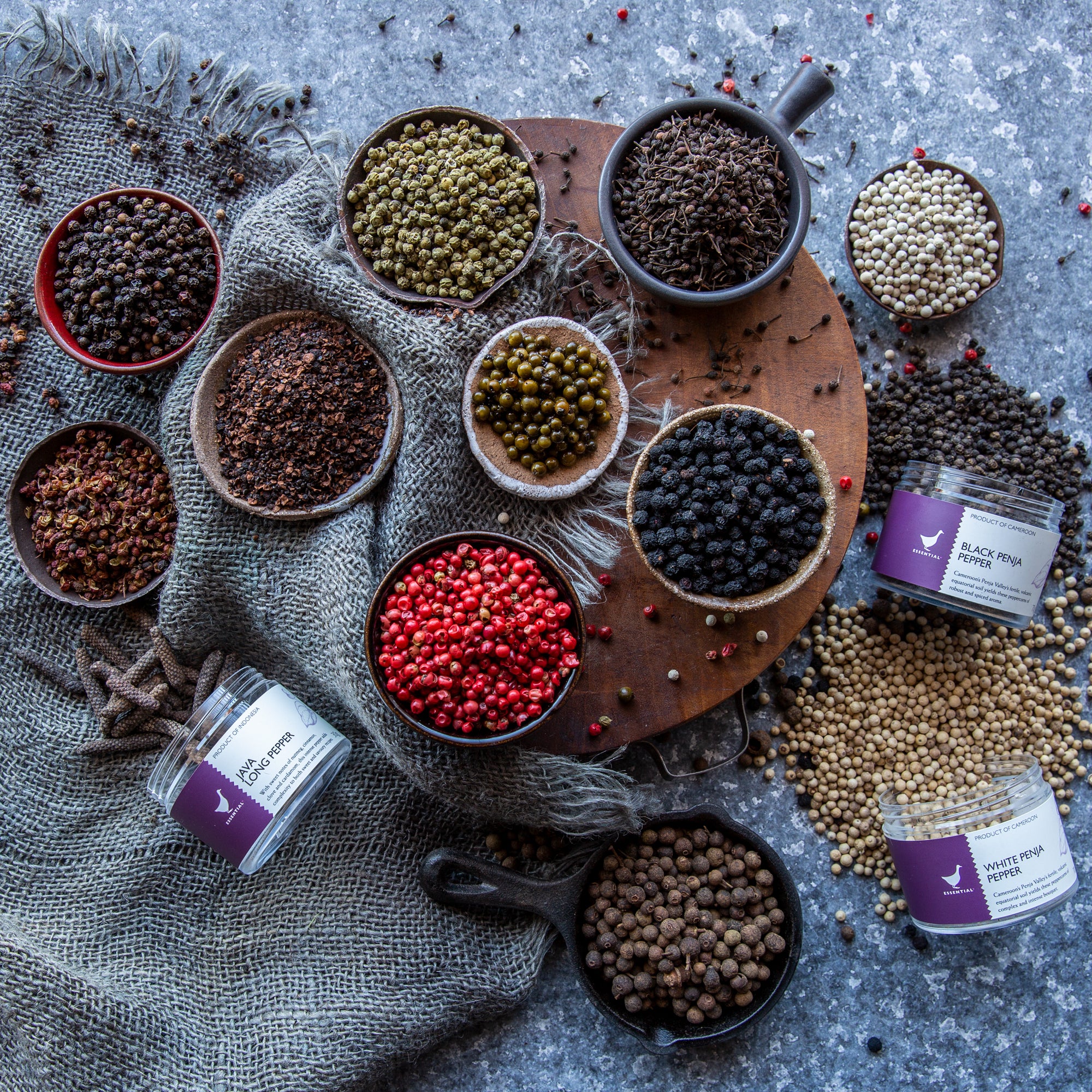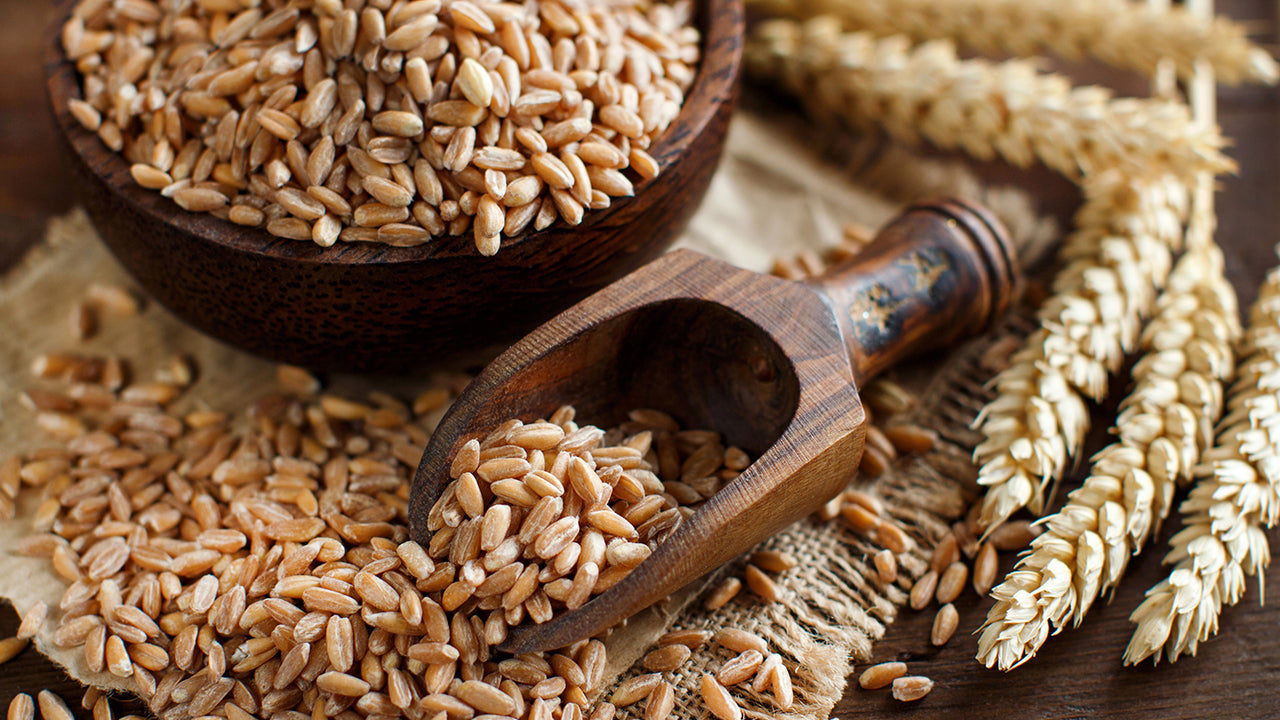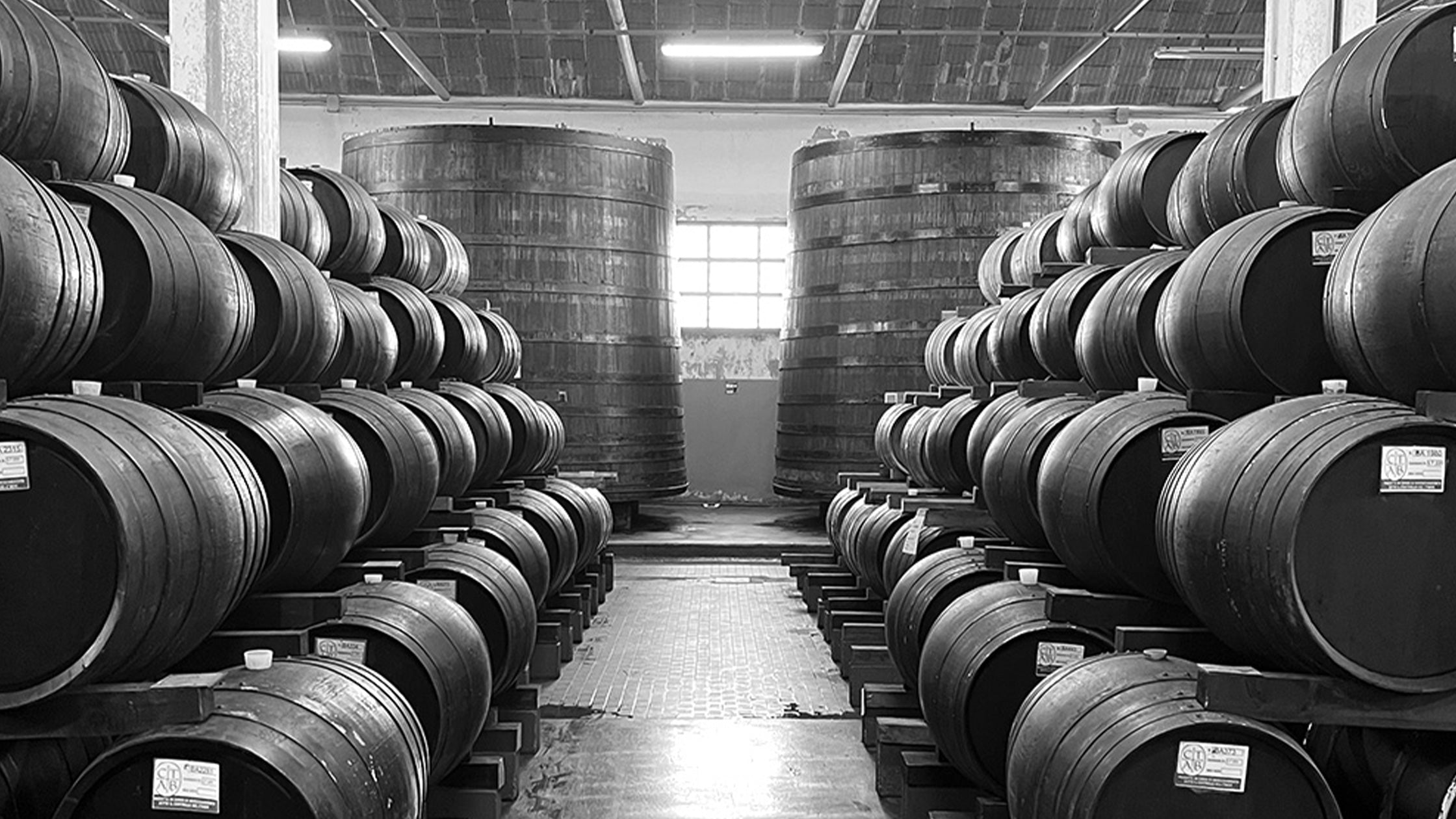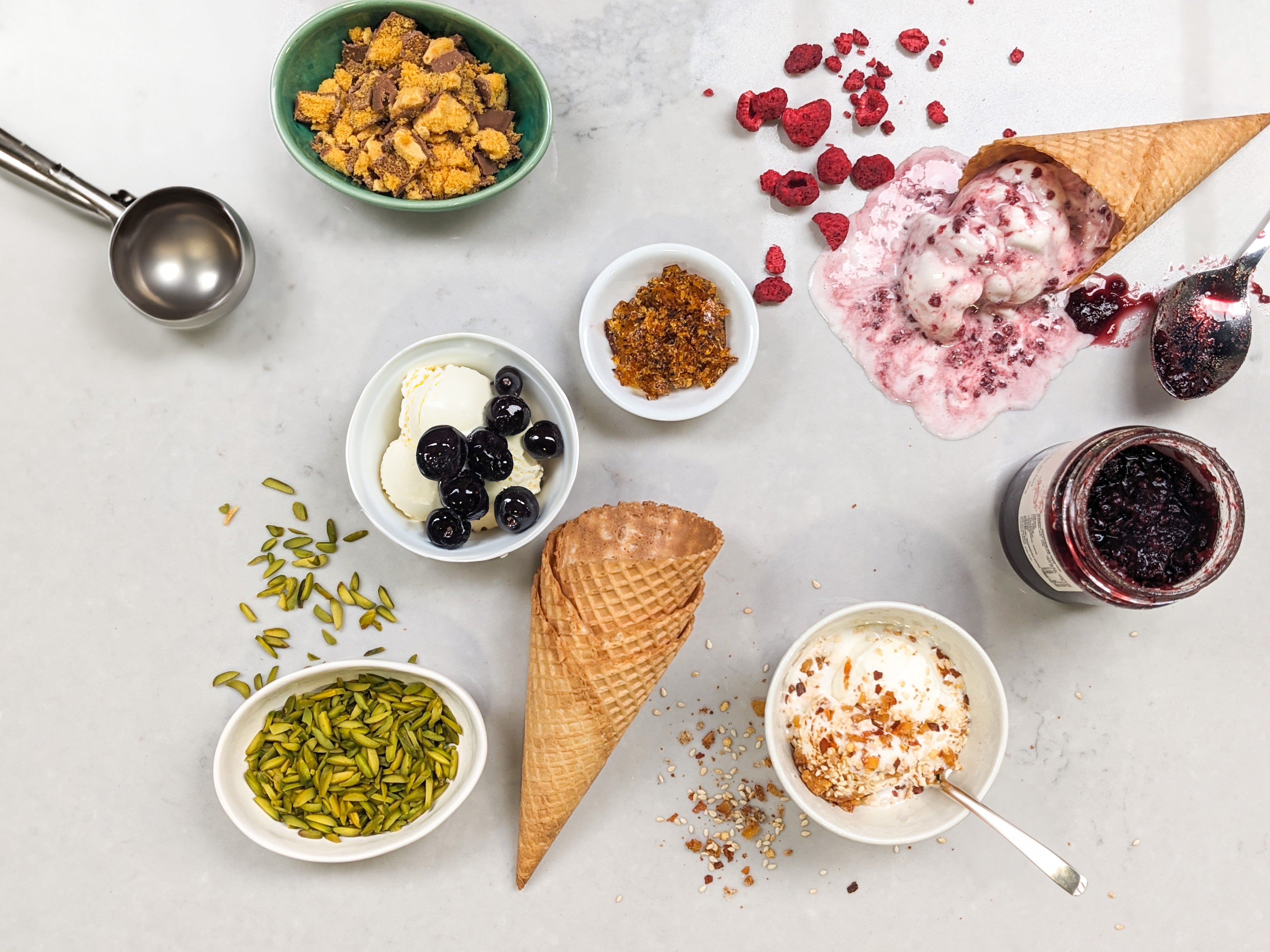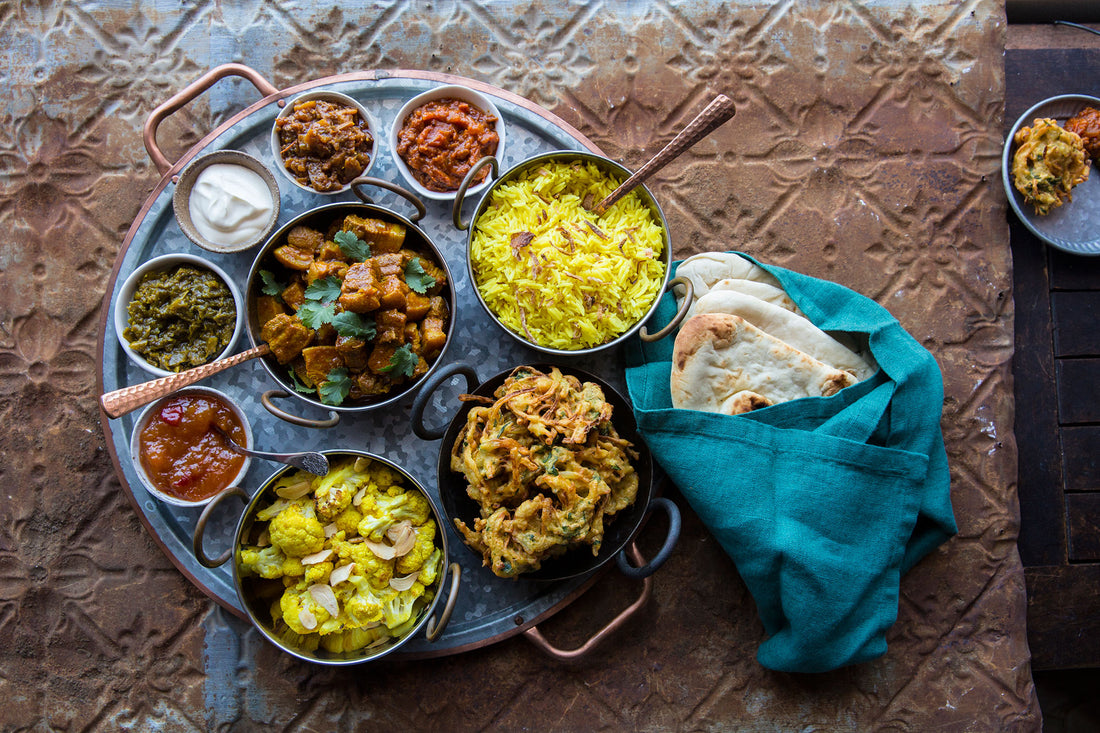
Curry Favour
Last updatedWritten by Grace Mooney
Indian food is rich and diverse in flavour and history, and, although long characterised by the ubiquitous ‘curry’ in the West, its cuisine has been influenced by centuries of development, migration, religion and colonisation.
Spices have been at the core of Indian cuisine for millennia, with archaeological evidence from Mohenjo-daro, one of the largest settlements of the Indus Valley Civilisation, to suggest that from 2600 BCE mortar and pestles were used to grind ingredients including fennel, mustard, cumin and tamarind pods used to flavour foods, much as they still do today. Indian food has been constantly evolving over centuries – in the sixteenth century trading with Portugal introduced new world ingredients such as chillies, tomatoes, potatoes and squash into India – now important mainstays of many dishes.
‘Curry’, reportedly deriving from the Tamil word ‘Kari’, refers to an innumerable amount of deliciously spiced dishes that stretch the length and breadth of the Indian subcontinent, with staples including ‘Atta’ (whole wheat flour), rice, and pulses of peas and lentils. Although generally categorised into Northern and Southern Indian cuisines (which in themselves consist of many districts – each with their own distinct styles), there are many variations that use a large range of spices and mixes – from Panch Poran in the east, Tandoori Chicken from Punjab in the north, the Goan Vindaloo in the southwest and Garam Masala which is found throughout the Indian subcontinent. Although often associated with a specific dish, curry pastes can be used as pre-barbeque marinades, to spice up your soups and add a little extra warmth to perfectly roasted vegetables this winter.
The British Empire became involved in India in the sixteenth century through the evolving spice trade throughout Asia as well as the broadening race of colonisation and conquest between the various monarchies of Western Europe.It was during Britain’s colonial rule of India that Anglo-Indian cuisine was born. Alongside many political and social changes that were implemented during this period, Anglo-Indian cuisine developed as those who spent time in India during the Raj brought home a taste for India’s spices, taking inspiration from India’s flavours and creating dishes such as Kedgeree (1790) and Mulligatawny soup (1791).
Indian food has remained exceedingly popular in Britain and other Western countries. In 2001 Britain’s foreign secretary Robin Cook proclaimed Chicken Tikka Masala as a “true British national dish” alongside other classic dishes including the roast dinner (with all the trimmings) and fish and chips. In fact, the first recipe for curry in an English cookbook, The Art of Cookery Made Plain and Easyby Hannah Glasse (1747), predates the opening of the first fish and chip shop in London in the 1860s by over a hundred years, cementing curry as a true favourite of the British public.
Another mainstay of traditional Indian cuisine, chutney, known in Hindi as ‘Chatni’, is still widely consumed within India and Britain. Chutneys and pickles are served with almost every meal in India. Often a combination of sweet, spicy and a little bit bighty, not only do they make great accompaniments to many traditional Indian dishes, but also to ploughman’s lunches and even the humble cheese and pickle sandwich.
Whichever way you choose to use these versatile ingredients, let their history and diversity inspire you to explore their rich flavours and endless possibilities this winter.
Introducing Grace Mooney, our resident Food Historian and beloved staff member…
Hi my name is Grace Mooney and I studied at Monash University completing my BA with Honours in 2014. In my Honours year I investigated the changing food culture in Britain throughout the 1980’s and 1990’s, with particular focus on the influence of the celebrity chefs during this time period.
Although my area of study has primarily been British food history, I have become increasingly interested in Australian food history and culture.
Aside from food history, I am a collector of vintage items- from antiquity through to the 1950’s, particularly kitchenware and home wares. I have a large collection of books (a lot of cookbooks) and of course I spend a considerate amount of time cooking and baking!

